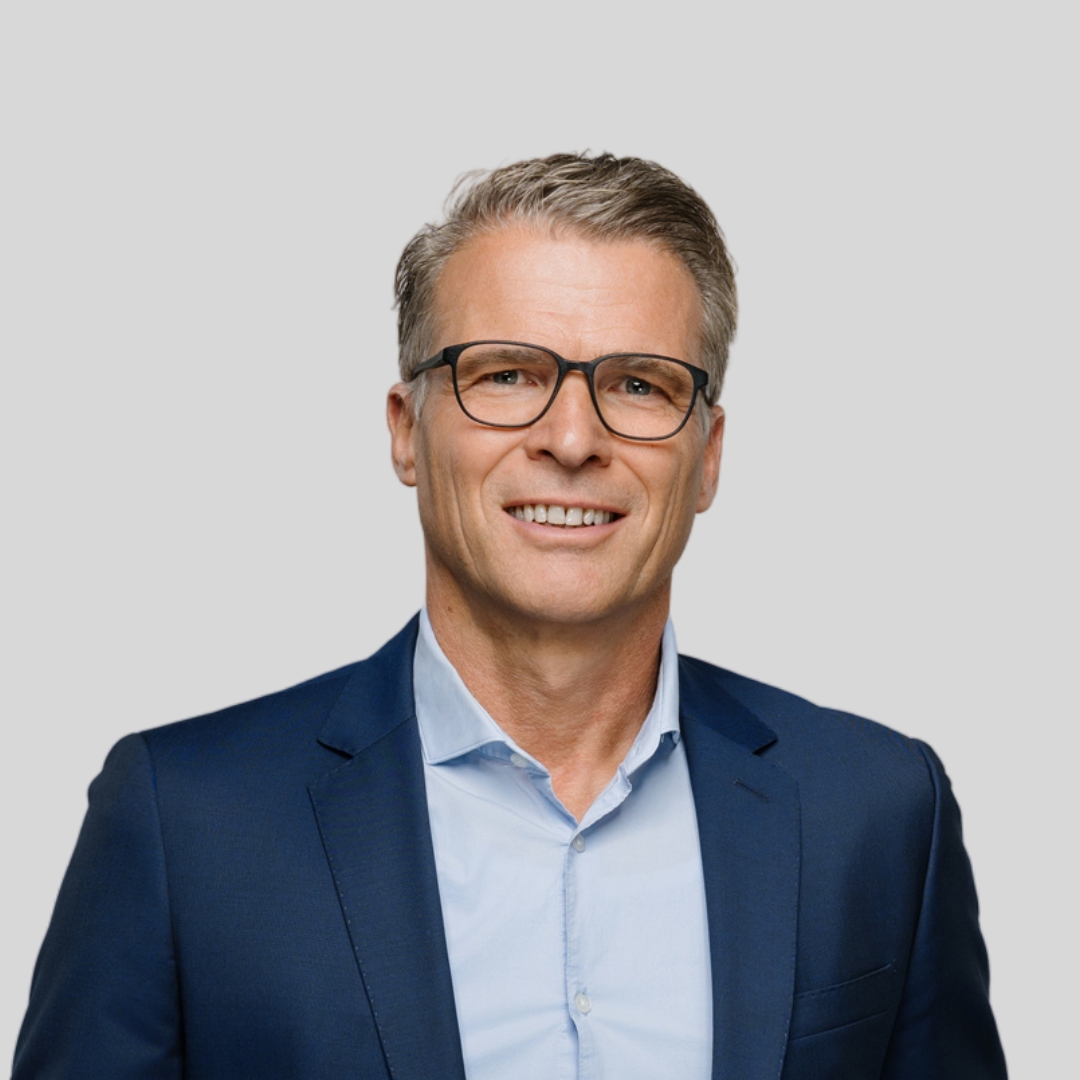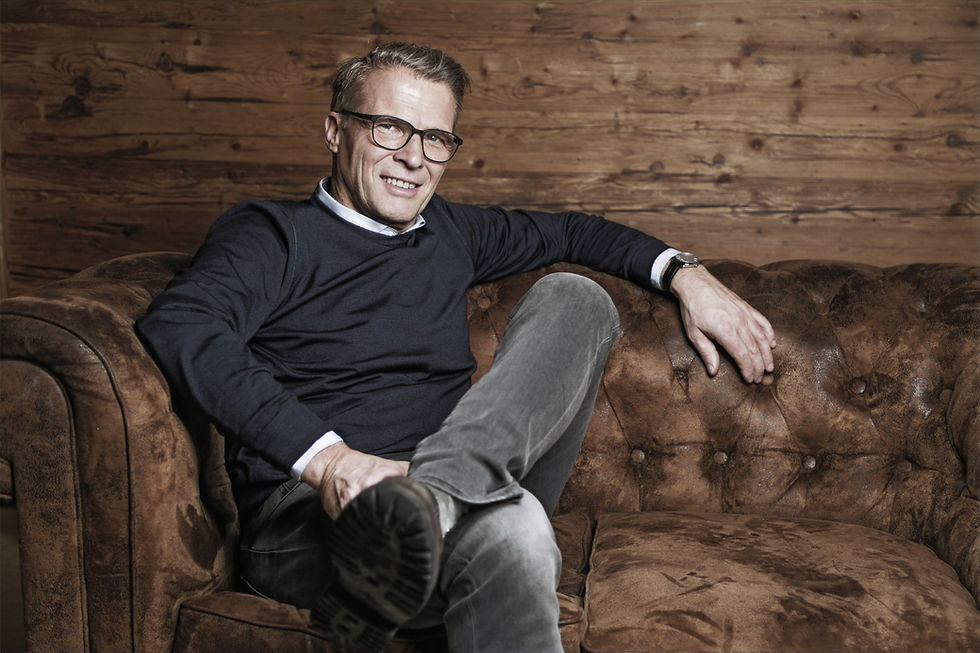IG Infrared Conference 2025 in Würzburg – A milestone for the future of heat
- Frank Hummel

- Apr 4
- 4 min read

The 5th IG Infrared Conference took place in Würzburg on April 2 and 3, 2025. The event brought together experts from science, business, housing construction, technology, and politics to discuss current developments, challenges, and opportunities in the field of infrared heating. Particular focus was placed on issues of economic viability, technological advancements, and integration into legal frameworks and funding programs.
I myself was privileged to give a presentation on the second day of the conference and present my book "Highway to Climate Hell – The Future is Electric." I was able to provide numerous insights into the electric heating transition and share my experience from over 30 years of entrepreneurial activity in the energy industry.

In-depth specialist lectures
The conference featured a variety of high-caliber presentations that addressed technical, political, and economic aspects.
Prof. Dr.-Ing. Bert Oschatz, Managing Director of the ITG Institute for Technical Building Equipment Dresden, analyzed the changed political environment since the formation of the German government and clearly emphasized that infrared heating systems are not yet treated equally in central standards and funding programs. In particular, he criticized the inadequate consideration in DIN V 18599, which systematically disadvantages this technology in energy assessments. He called for a technology-neutral heating transition and the equal integration of electric heating systems into legal regulations such as the Building Energy Act (GEG) and the Federal Funding for Efficient Buildings (BEG).
A particularly practical contribution came from Dipl.-Ing. Lars Schinke from the Technical University of Dresden. He reported on current measurement methods for determining the radiation efficiency of infrared heaters according to IEC 60675-3 and explained how these values could be integrated into DIN V 18599. His studies show, among other things, that ceiling mounting achieves 10 to 20 percent higher efficiency than wall mounting. The use of precise measurement methods and the introduction of a quality seal (EIHA) were highlighted as important steps toward recognition of the technology.
Prof. Dr. Leukefeld presented his pioneering concept of energy-independent living. He advocated a rethink in building technology toward simpler, decentralized, and user-oriented solutions in which infrared heating can play an important role—especially in combination with PV systems, battery storage, and intelligent control systems.
Michael Böhm of the GdW – Federal Association of German Housing and Real Estate Companies – also emphasized the relevance of infrared heating for the housing industry. He believes the technology offers significant opportunities, particularly in multi-family housing, thanks to low operating costs, low maintenance requirements, and flexible integration into rental models.
Carsten Müller, Chairman of the Parliamentary Group for Energy Efficiency in the German Bundestag, took a clear political stance. In his video message, he clearly advocated for a technology-neutral approach to the heating transition and praised infrared heating as an integral component of a modern, electrified energy world.
Building in existing structures: A key issue
A central theme of the conference was the renovation of existing buildings. Infrared heating offers crucial advantages in this area: easy retrofitting, minimal structural intervention, high efficiency when combined with PV systems, and flexible control. A concrete example from a practical project impressively demonstrated that in a 10-unit building, over €190,000 in investment costs could be saved by using infrared heating instead of a heat pump – with comparable energy security and greater user-friendliness.
In another project with five residential units, the actual annual electricity costs were less than €50 per unit – thanks to the combination of infrared heating, a PV system, and grid-friendly control. Examples like these demonstrate the potential of the technology – both energetically and economically.
Flat-rate housing as a sustainable model
One innovative approach discussed at the conference is so-called flat-rate housing. This involves heating and electricity costs being included in the rent as a flat rate. This provides tenants with greater transparency and predictability, while providing landlords with a stable basis for calculating their costs. Due to its low complexity and low-maintenance operation, infrared heating is particularly well-suited for this model. This creates a win-win situation that is particularly attractive in times of rising energy prices and growing demands for living quality.
My conclusion
The IG Infrared Conference 2025 once again demonstrated the importance of infrared heating for the future of heat supply. The technology is mature, economically competitive, and climate-friendly – especially when combined with decentralized solar power. At the same time, there is still a lot of catching up to do in terms of standardization and policy to fully realize the potential of this technology.
I am convinced that the future of heating is electric – and infrared plays a key role in this, especially in existing buildings, in rental housing construction and in innovative usage models such as flat-rate housing.
Consulting and cooperation
If you're planning a new construction or renovation project, or looking to explore new approaches to heat supply, I'd be happy to assist you. As an entrepreneur with over 30 years of experience, as a consultant, and as an author, I understand both the technical and economic requirements for future-proof energy solutions.
I look forward to exchanging ideas with you.



